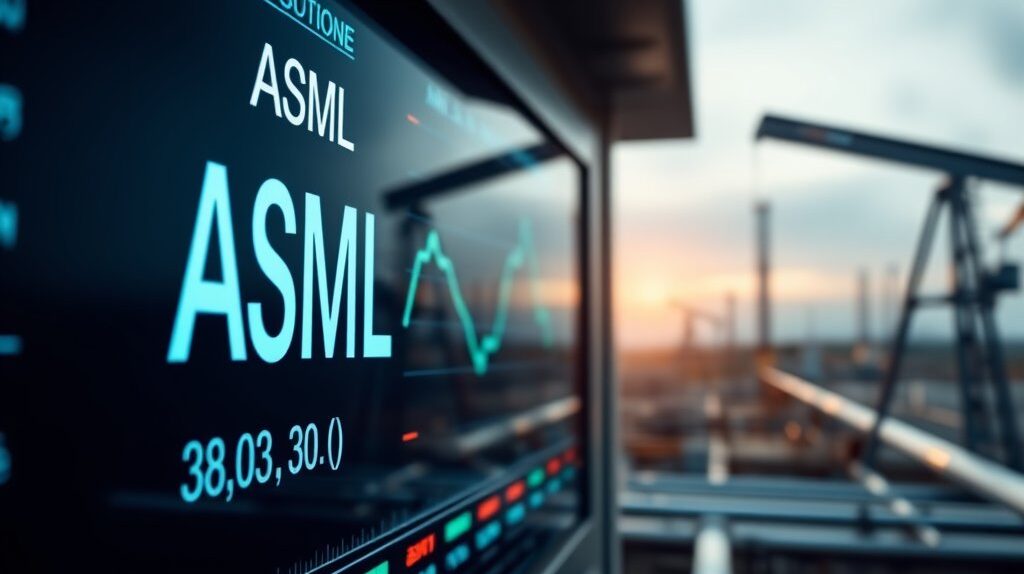It’s fascinating how economic policies and sustainability seem to dance together, isn’t it? These two areas, though seemingly separate, are deeply connected. When governments decide where to allocate funds and how to structure their economies, they end up shaping not just the present but the future as well. And this is where things get really interesting. The decisions made today can have long-lasting effects on our environment and the health of our planet.
Take, for instance, the concept of subsidies. These financial aids from the government can either propel industries forward or keep them stuck in the past. When talking about sustainability, the type of subsidies in question becomes crucial. Are we supporting green energy initiatives, or are we still pouring money into the fossil fuel industry? The latter brings us to a hot topic that continues to spark debates: fossiele subsidies.
Now, one might wonder why in the world would governments still support fossil fuels in this age of climate change awareness. It’s complex, involving historical reasons, economic pressures, and sometimes plain old political lobbying. But let’s break it down a bit more, shall we?
Government support for fossil fuels shapes environmental future
The real kicker about fossiele subsidies is how they keep an outdated industry alive and kicking. Imagine giving a hefty allowance to a teenager who spends it all on junk food. Sure, they’re happy now, but what’s the long-term effect? Similarly, these subsidies make fossil fuels cheaper, encouraging their continuous use despite their well-documented environmental costs.
It’s like we’re trying to win a race but keep tripping over our own feet. By making fossil fuels artificially cheap, there’s less incentive to switch to greener alternatives like wind or solar power. It’s like trying to convince someone to eat healthy while handing them a bag of chips. The result? Higher CO2 emissions and slower progress toward climate goals.
In places like the Netherlands, these subsidies reach staggering amounts – we’re talking billions of euros annually! It’s almost mind-boggling when you think about what that money could do if redirected towards renewable energy projects or even public health initiatives. But alas, old habits die hard.
The real cost of fossiele subsidies
So what’s the true cost here? Well, beyond the obvious environmental damage (we’re talking air pollution, biodiversity loss, you name it), there’s a significant economic burden too. Government budgets are not infinite; money spent propping up the fossil fuel industry means less funding available for other critical sectors like education or healthcare.
And let’s not forget about the distortion in market competition. By keeping fossil fuels cheap through subsidies, renewable energy sources face an uphill battle. It’s like asking a snail to race against a hare – the playing field is anything but level. This stifles innovation and slows down the transition to a more sustainable energy system.
The International Monetary Fund has highlighted that globally, fossil fuel subsidies amount to a whopping $7 trillion! That’s not just pocket change – it’s a massive investment in our own detriment. The longer these subsidies remain in place, the harder it becomes to tackle climate change effectively.
Investing in technology’s future with asml shares
Switching gears a bit – let’s talk about something more forward-looking: investing in technology stocks. One name that stands out in this realm is ASML. This Dutch company is a giant in the world of semiconductor manufacturing equipment. And why does that matter? Well, semiconductors are pretty much the backbone of modern technology – from smartphones to cars.
Investing in ASML aandelen kopen can be seen as betting on the future of technology itself. With the growing demand for electronics and advancements like AI and 5G on the horizon, companies like ASML are poised for growth. It’s like investing in gold during a gold rush – you’re backing something with massive potential.
But as with any investment, it’s essential to do your homework. Look at the company’s financials, its market position, and future growth prospects. And always remember – diversification is key! Don’t put all your eggs in one basket (or all your money in one stock).
How policy and investment decisions influence each other
It’s interesting how economic policies and investment decisions often go hand-in-hand. Governments make policies that can either encourage or dissuade certain types of investments. For instance, favorable tax policies for green energy can attract more investors to that sector.
On the flip side, investor behavior can also influence policy decisions. If there’s significant investment interest in renewable energy, governments might feel pressured to create more supportive policies for that sector. It’s a bit of a chicken-and-egg situation – each side influences and reacts to the other.
This interplay between policy and investment is crucial for driving progress towards sustainability. By making informed decisions – whether as policymakers or investors – we can collectively steer towards a healthier planet and a more robust economy.
Conclusion
So there you have it – a whirlwind tour through fossiele subsidies and their impact on our environment and economy, alongside a peek into the exciting potential of investing in tech giants like ASML. It all boils down to making thoughtful choices today for a better tomorrow. Whether it’s rethinking where government funds go or deciding where to invest your hard-earned money, every decision counts.
The path to sustainability isn’t easy, but with conscious effort from both policymakers and individuals, it’s certainly achievable. Here’s to hoping that future generations will look back at this time as a turning point towards a greener world!
